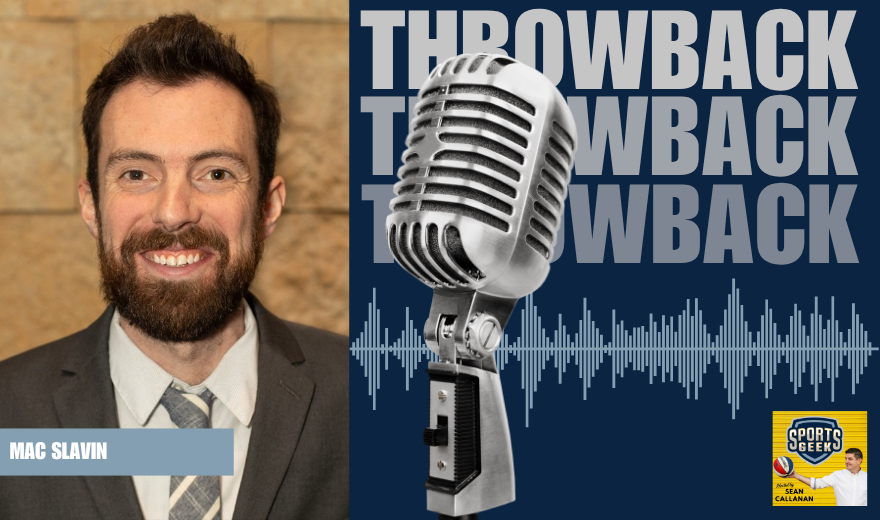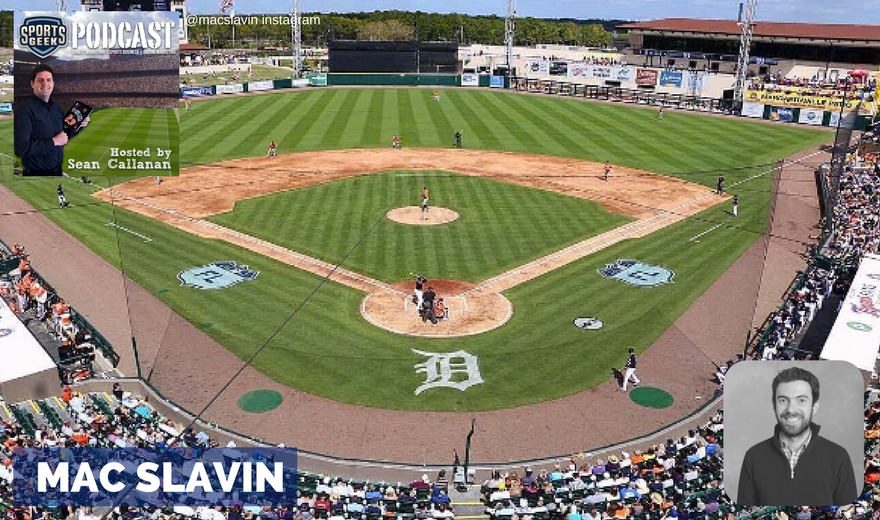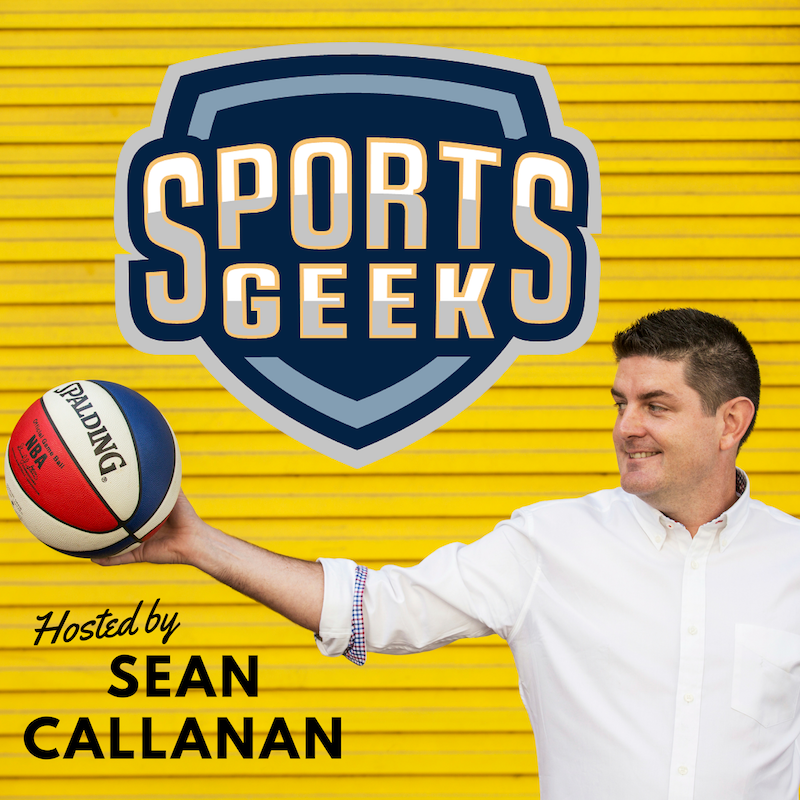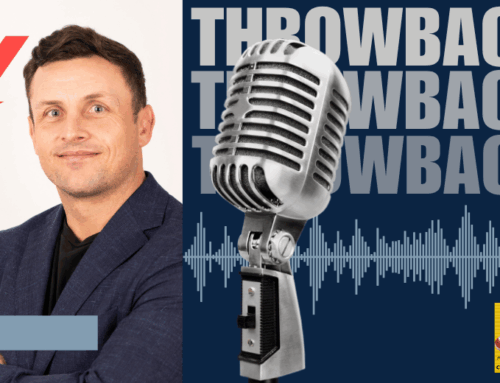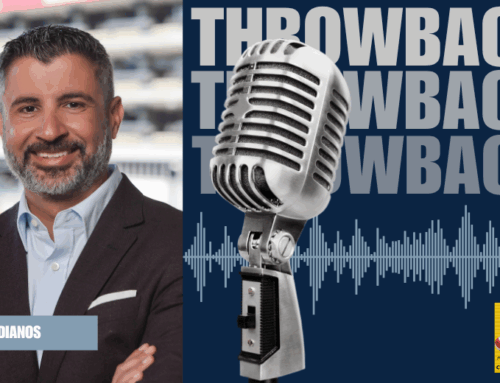This transcript has been lightly edited by AI
Sean: I guess the takeaway that I have is that you know, every team. I like to say team rather than brand because I think sports is different. And you know, trading the PBR stuff as a team. Like, the core fans, the fans that are in and the fans then that adopt the digital platforms, you know, whichever ones they are they are very similar, like they're just as passionate, they comment as much or they retweet and you sort of develop that you know, what I call your digital cheer squad, the people that when you know you put a tweet out they'll retweet it or they will adopt a hashtag quickly or, you know, you say, “Hey, take a photo from the stands.” And they do that. I think the really interesting bit is the stuff you talking about before as you're transitioning a team to go to a newer market, that's when you're in that educational piece of, “Well, we've got to teach people about how awesome our sport is or how awesome it is.” Which you're still doing now, “How awesome it is to be at Comerica Park.” Because you've got a lot of people.
Mac: Exactly.
Sean: You're still in that education piece of, “I'm going to show Comerica Park in the best light possible. We're going to make sure our Instagram's are 11 out of 10.” But then you're also leaning on that digital cheer squad to amplify that and promote that to their friends. And that's where I also see similarities in fan groups. So yes, you know. PBR might have a mid-Western demographic in Texas and they might always, you know, they might always be wearing cowboy boots and be different to the fan that's the Tigers fan, but when you get down to their core and you strip away some of the demo stuff. Their actions and the way that they move and the way that they promote and the way that they I guess interact with the team. I find that to be very similar and that's where I've been able to, you know, take. You know, I have used the phrase on this podcast before, “Steal with pride.” You know, something that you've done really well over here with PBR can be applied and twisted and done the Tiger way, and then you know, you can apply to your fans because you know, they move in the same manner. And so, you know, that's why I'm always interested in seeing, you know, talking to whether it be a music promoter or someone with a different brand and saying, “Well, what works with you and your fans?” Because elements of that or pieces of that will work with other fan groups. And so I think it's always good to be seeing what other fan groups how they're reacting to things and seeing how then you can apply it to yours.
**Mac:** One of the things I love about sports, I thought you know, some of my other friends work in social for other brands and they are always talking about brand ambassadors and how they're trying to get more brand ambassadors and things like that. And to be honest, in sports your biggest brand ambassadors are your biggest fans. You know, they're the ones that are just stoked and ready to go, and they're, you know, for us they're die hard Tigers fans or any other team, that type of thing. You said they'll share, they'll amplify, they'll go nuts and you can't ask for more from a social standpoint.
Sean: Yeah, I mean that's so true. And you know, I've spoken to a few people that you know, work in sports like yourself. You know, long hours, weekends, and all the things that come with sports and then I've had people say, “Oh, I think I'm going to go to a corporate job and work in that digital space.” And you know talking to your friends who are in that space outside the world of sports, it's really tough. You get one, you've got to find those brand ambassadors and no one puts their hand up and says, “I love my bank.” And then the other thing is you don't have this, you know, never ending supply of killer content. You know that all you've got to do is have a gif of a home run shot and there you go, you know? You can just sit back and watch the engagement come through. That's, you know, that's the really tough thing for corporate digital marketers to go, “How do we engage people?” And so you sort of get a free, you know, you get a free pass on that to a certain degree. Still got to work to get the right content, the right platform, all of those things but you get a free pass with that with sports and that's something that's a big advantage with working in sports.
Mac: Yeah, I mean, you know, part of social, especially digital we always talk about, you know, the digital story or the social storytelling that you're doing, and from a sports standpoint, you know, your stories always right in front of you. It could be something, you know, whether it's four generations of fans at the ballpark, whether it's physically what's happening on the field, or maybe it's, you know, you even have an usher that has a really cool story. There's always kind of that story in front of you. It's you're more so trying to find that story. Sometimes it's, you know, a little more in front of you and not like in the case of a home run or something like that but rather than making up, you know, big brands are not making up stories but they're trying to pull some stories out of thin air and, you know, not that it's…I don't want to say it's easier said than done, but personally, I just think it's a lot more fun to do it that way.


